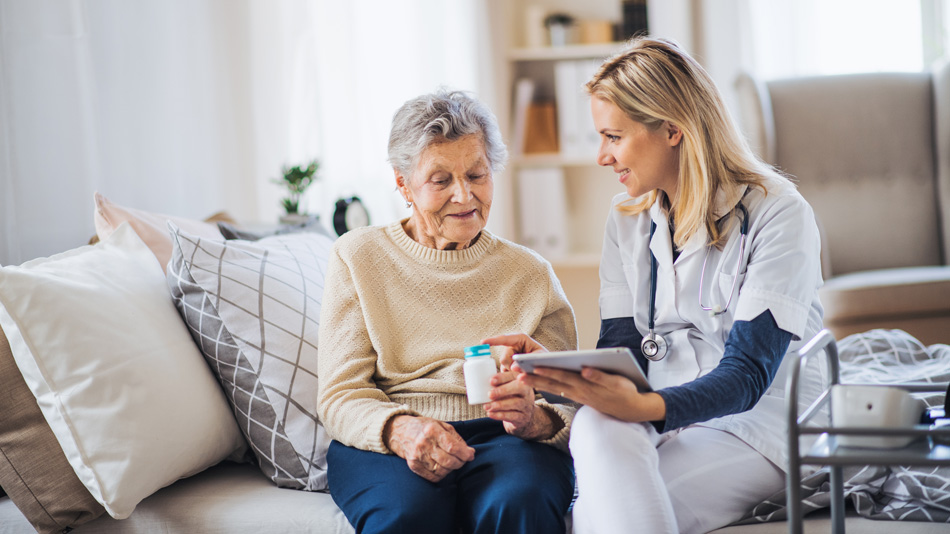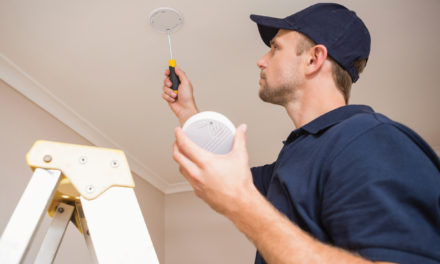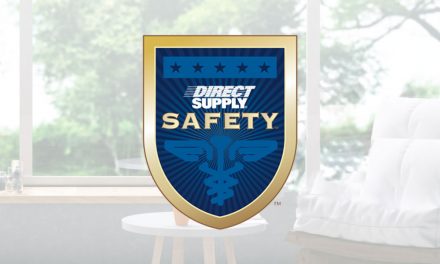Technology advances are changing the way we care for older adults. Technology is also changing how information is collected, shared, analyzed and integrated into healthcare organizations. Staying up to date on the latest technology trends can feel overwhelming, sometimes generating more questions than answers.
Join us to explore the latest in emerging technology trends and the applications for use in senior healthcare. We’ll discuss examples of how providers are thinking about changes to their programs, practices and processes when new products and technology are being implemented. You will gain new information and insight into how to begin evaluating the value technology can bring to their organization.
What is IoT in healthcare and how could it impact the future of senior health?
IoT, or Internet of Things, is the collection of devices with their own internet connection enabling them to send and receive information. Wearable technology in Senior Living is becoming a more common trend. These types of IoT healthcare devices offer more visibility so staff can provide better care and monitor progress more effectively.
What is machine vision and how can smart cameras use it to monitor residents and ultimately predict outcomes?
Machine vision is the ability for a device to make sense of moving or still images without human involvement. It’s a learning model that learns just as humans would, but at a much faster pace. As opposed to a person needing to monitor a bank of cameras, machine vision does the work for them and identifies when any potential issues arise, improving reaction times and outcomes. Machine vision cameras can be implemented as a tool to help with fall prevention strategies.
What is AI and how can it be used in senior healthcare?
Artificial intelligence is a system able to perform tasks that normally require human intelligence, such as visual perception, speech recognition and decision-making. These systems have the ability to make sense of large amounts of data very quickly. As for the use of artificial intelligence in healthcare, there are two main ways it is utilized: smart wearables and passive monitoring. Smart wearables go beyond simply detecting heart rate and location; they have the ability to make sense of the actions being taken by the wearer. Passive monitoring offers continuous data and information that allows staff to better shape their schedules and the way they provide care.
Questions to consider when exploring or looking at new technology in Senior Living communities:
- What is my organization’s appetite for innovation?
- What goal am I seeking to solve? Does the technology fit?
- Who is on my “vetting” team?
- Does it need to be on my Wi-Fi network?
- What kind of “validation testing” is needed for the team to have confidence?
- Have other organizations tried it? What can we learn?
- What are the hard and soft costs? Upfront and recurring?
- What are the implementation milestones and expectations? How will success be measured?
Be a savvy consumer on behalf of your residents.
Direct Supply can help you navigate new technologies and solutions.
Direct Supply hosts customers at its Innovation and Technology Center, located in downtown Milwaukee, to test emerging technologies that could have a future impact. The Technology Solutions team develops new products and services and brings them to market, while also providing training to customers.
To register for future webinars or for more information, visit https://www.directsupply.com/webinars/ or email webinars@directsupply.com
Notice: This video is intended to provide information to Direct Supply’s customers, does not constitute medical or legal advice, and is not intended for use in the diagnosis or treatment of individual patients or conditions, or as a substitute for the advice of a licensed medical professional. Direct Supply specifically disclaims all responsibility for any liability, loss or risk, personal or otherwise, which is incurred as a consequence, directly or indirectly, of the use and application of any of the material in this video. You may not modify, copy, reproduce, upload, transmit, publicly display, prepare derivative works based on or distribute any part of this video.




